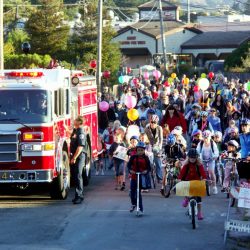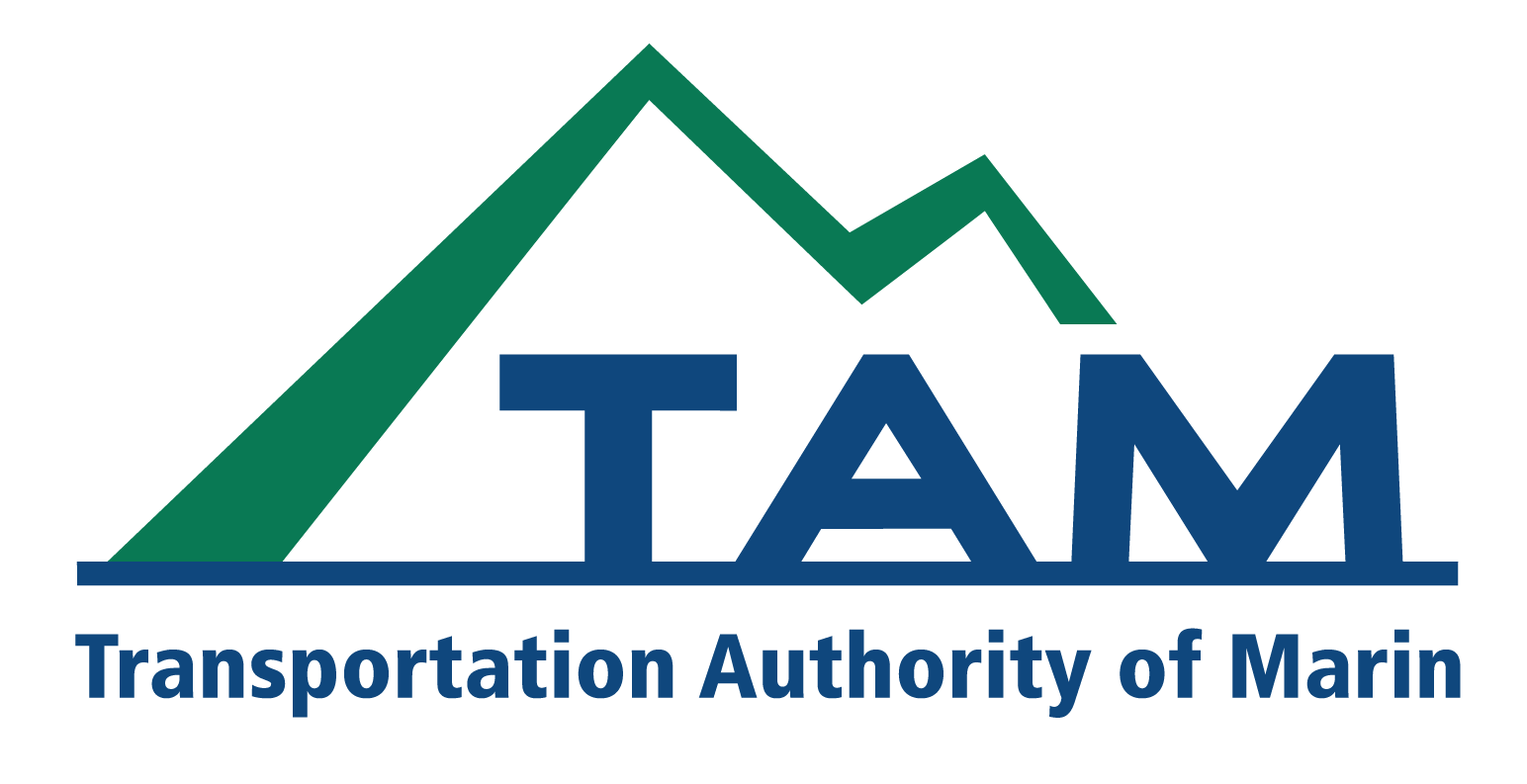
To improve mobility options for low-income and disadvantaged populations, TAM manages a grassroots effort to identify local communities most important transportation challenges and develop strategies to overcome them. A community-based transportation plan is developed via a collaborative planning process that involves residents in minority and low-income communities, community and faith-based organizations that serve them, local jurisdictions, and transportation agencies including transit operators. The outcome is a plan that includes locally identified transportation needs, as well as solutions to address them.
Each plan is developed to further the objectives of the CBTP program, which are to:
- Emphasize community participation in prioritizing transportation needs and identifying potential solutions
- Foster collaboration between local residents, community-based organizations, transit operators, congestion management agencies and MTC
- Build community capacity by involving community-based organizations in the planning process
For more information about the Community-Based Transportation Plans Program, visit MTC’s website
Funding for Community Based Transportation Plans is provided by MTC through a competitive process. Projects identified in Community based Transportation plans become eligible for funding through the Lifeline Program, administered by TAM, dependent on funding availability from MTC.
